VHO - On the morning of December 24 in Hanoi, the Ministry of Culture, Sports and Tourism held a meeting of the Council for Evaluation and Acceptance of the Ministry-level scientific and technological project "Application of traditional gilding techniques to serve the restoration of relics". Dr. Hoang Dao Cuong, Deputy Minister of Culture, Sports and Tourism, Chairman of the Council chaired the meeting.
The objective of the project is to collect, research and synthesize the traditional gilding technical process as a scientific basis to improve the quality of relic restoration and preserve the traditional gilding profession. Along with that, increase the application of traditional gilding technical process to serve the work of preserving relics.
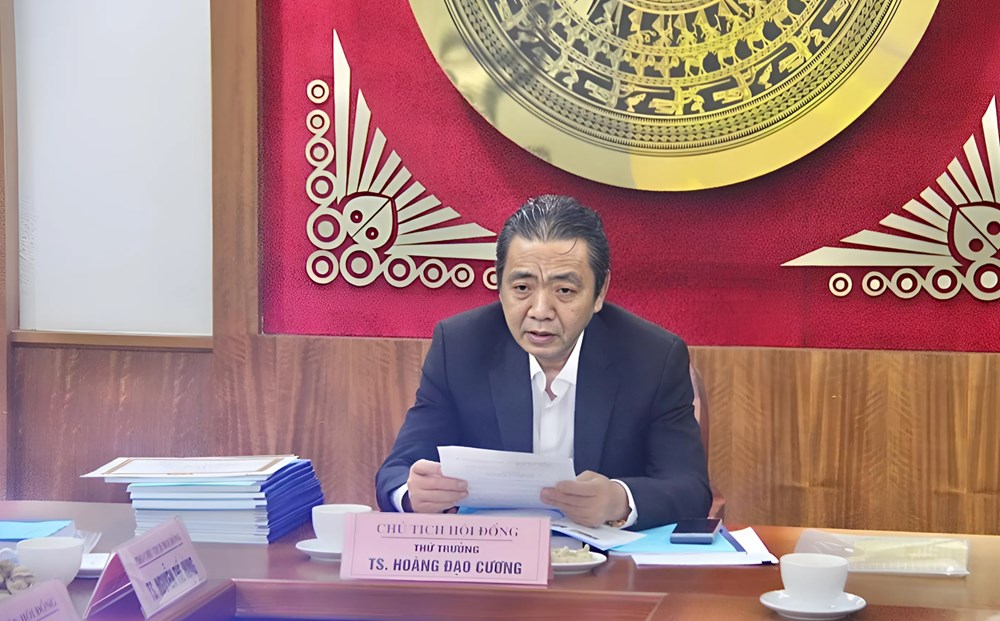
According to MSc. Pham Manh Cuong, Head of the Department of Research on Standards and Technology for Monument Conservation (Institute for Monument Conservation), project manager, Vietnam's cultural and religious works such as communal houses, temples, pagodas, etc. are built and completed from many different materials, but commonly made of wood.
Some architectural structures, objects of worship, ritual objects and decorations are painted and gilded using traditional methods. Wooden artifacts are painted and gilded using traditional methods to increase aesthetic and religious value but also to protect the artifacts from deterioration.
The traditional process of painting and gilding wood is a complex and meticulous process, going through many steps to create many layers with different materials. The implementation process also requires strict operations, techniques and experience from the craftsman.
Over time, artifacts and wooden structures painted with traditional methods are damaged and degraded under the influence of natural factors such as humidity, light, air, etc. Damage is shown in peeling, scratches, fading of the surface paint layer, and cracking of some parts. When the paint layer is damaged, it will create conditions for termites and air humidity to penetrate the core and easily lead to complete destruction.
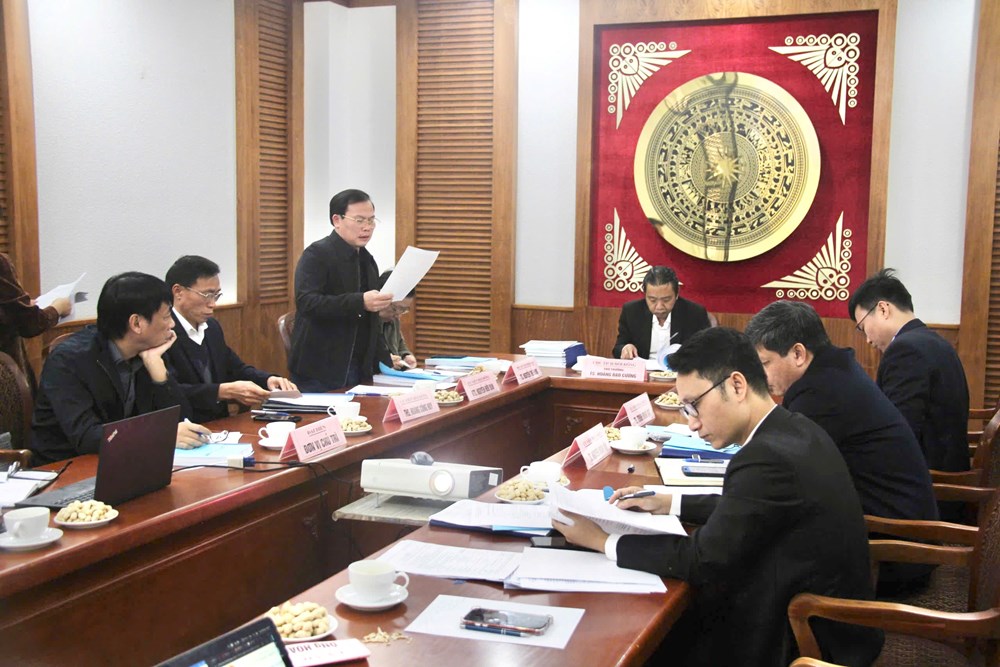
Nowadays, the restoration of the gilded layer to retain the traditional lacquer layer, increasing the aesthetic and spiritual value of the relic is very difficult, complicated and expensive. Therefore, the use of industrial paints to replace traditional lacquer in the restoration process is quite common. The use of gilded paints and cooked paints has made the colors of the artifacts become gaudy, not consistent with the original colors.
The phenomenon of “painting statues” is also taking place in a complicated way, bringing a general feeling when entering a place of worship that it is superstitious, mixed and unaesthetic. Therefore, it is necessary to have a traditional gilding process based on the experiences in villages with a tradition of gilding and gilding gold/silver. From there, it will be the basis for building a process of repairing or restoring the gilding layer according to traditional methods on artifacts and wooden structures in relics.
Mr. Pham Manh Cuong also emphasized that in the process of restoring artifacts and gilded wooden structures, the application of local procedures must comply with the principles, operations and basic steps of each process.
In order for the restoration of lacquered wooden artifacts to be methodical, in accordance with principles and procedures, it is necessary to have documents recording, collecting and synthesizing the process from long-time artisans in traditional craft villages.
From there, building a traditional gilding process as a scientific basis for the relic restoration process. This process will contribute to documenting data sources, preserving traditional gilding processes, building standard processes to have appropriate solutions, meeting the requirements and principles in relic conservation work.
At the meeting, all comments expressed agreement with the report summarizing the results of this ministerial-level scientific research project, demonstrating the necessity of applying traditional gilding techniques in the restoration of relics.
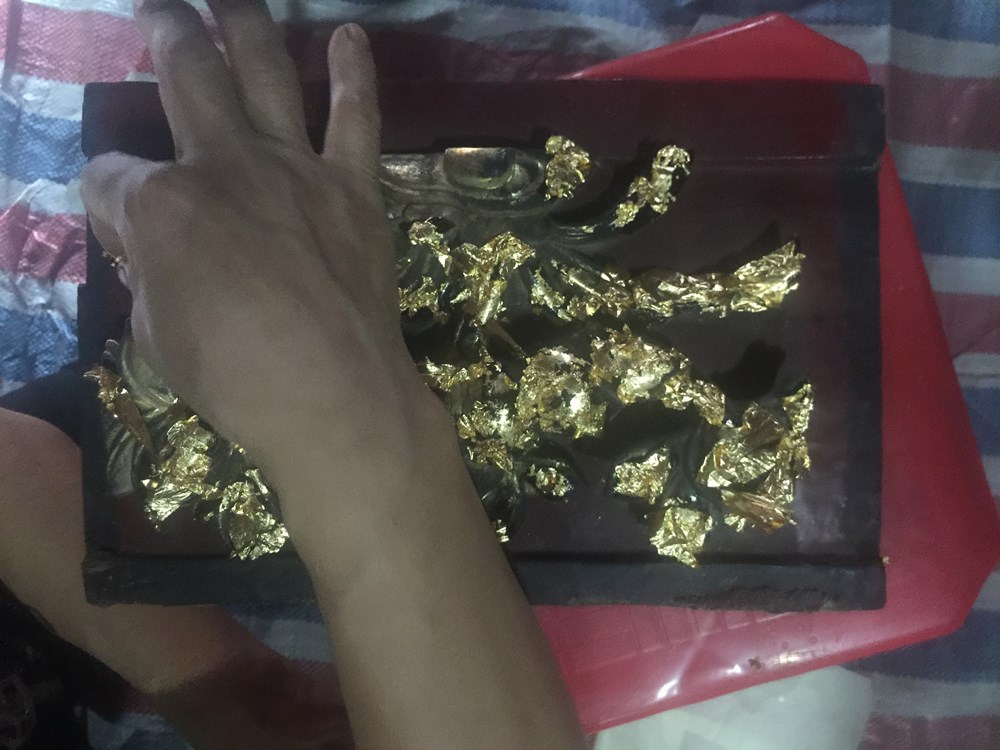
Dr. Nguyen The Hung, Director of the Department of Science, Technology and Environment (Ministry of Culture, Sports and Tourism) added that in addition to the solutions that have been proposed, in the process of completing the summary report, the implementation team needs to propose additional solutions to maximize the protection of the originality of the relic; carefully assess the current status using scientific measures before intervening.
Speaking at the meeting, Deputy Minister of Culture, Sports and Tourism Hoang Dao Cuong emphasized that the research on the topic "Application of traditional painting techniques to serve the restoration of relics" is extremely necessary in the current context. The painting and gilding profession is currently facing the risk of extinction and needs to be promoted. Along with that, painting and gilding is contributing very effectively to the restoration process, ensuring the integrity of the relics. On that basis, the Ministry of Culture, Sports and Tourism assigned the Institute for Monuments Conservation to carry out the research topic.
According to Deputy Minister Hoang Dao Cuong, in the process of restoring and embellishing relics, on the principle of ensuring original values, the issue of preserving the color in the architecture of the relic is always a matter of great public concern. The implementation of research on this topic will contribute to reaching a common understanding of appropriate solutions in applying lacquer, according to traditional processes, to the issue of relic restoration.
After listening to the comments, Deputy Minister Hoang Dao Cuong requested the research team to seriously absorb and complete the summary report. The goal is that the research results must ensure quality in a scientific direction, be suitable for practice and have feasible solutions.
Source: https://baovanhoa.vn/van-hoa/tuan-thu-ky-thuat-son-thep-truyen-thong-trong-cong-tac-tu-bo-di-tich-116507.html



![[Photo] General Secretary To Lam visits exhibition of achievements in private economic development](https://vphoto.vietnam.vn/thumb/1200x675/vietnam/resource/IMAGE/2025/5/18/1809dc545f214a86911fe2d2d0fde2e8)
![[Photo] National conference to disseminate and implement Resolution No. 66-NQ/TW and Resolution No. 68-NQ/TW of the Politburo](https://vphoto.vietnam.vn/thumb/1200x675/vietnam/resource/IMAGE/2025/5/18/adf666b9303a4213998b395b05234b6a)

![[Photo] More than 17,000 candidates participate in the 2025 SPT Competency Assessment Test of Hanoi National University of Education](https://vphoto.vietnam.vn/thumb/1200x675/vietnam/resource/IMAGE/2025/5/17/e538d9a1636c407cbb211b314e6303fd)

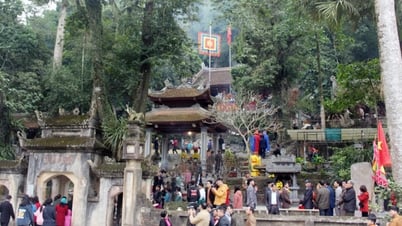




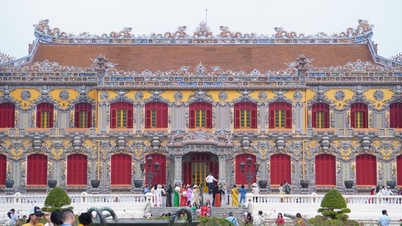

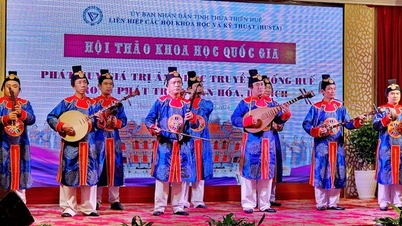
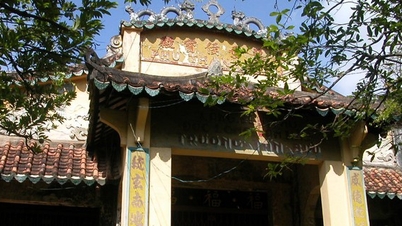







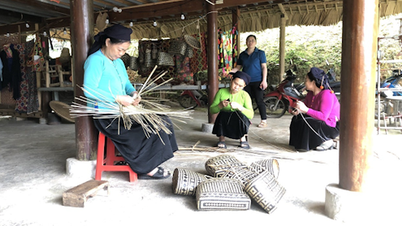







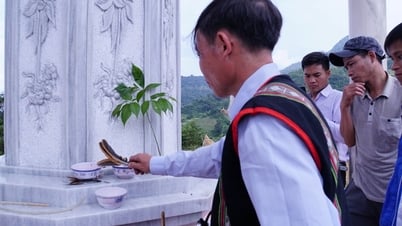
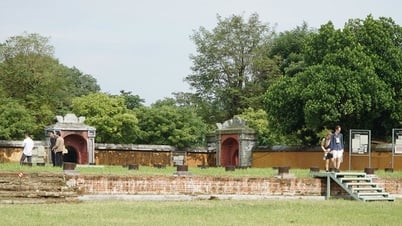



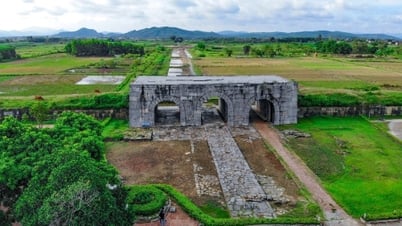
![[Photo] Prime Minister Pham Minh Chinh chairs meeting on science and technology development](https://vphoto.vietnam.vn/thumb/1200x675/vietnam/resource/IMAGE/2025/5/17/ae80dd74c384439789b12013c738a045)
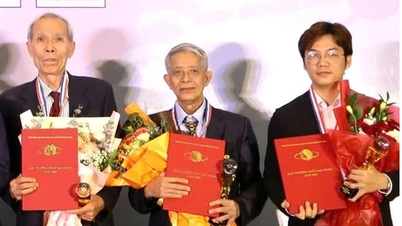



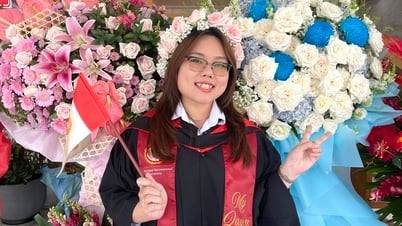

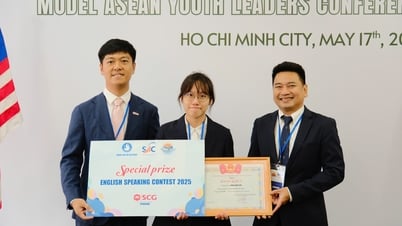





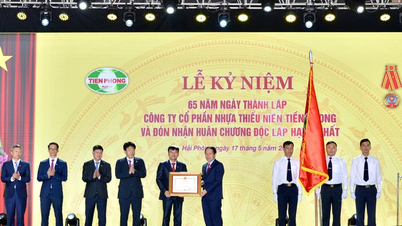







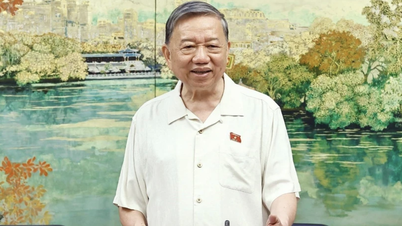


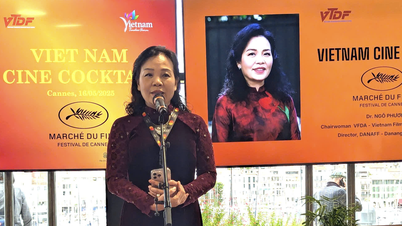





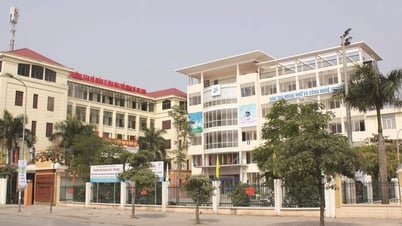


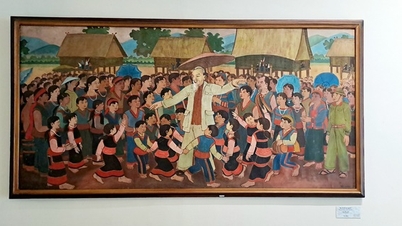

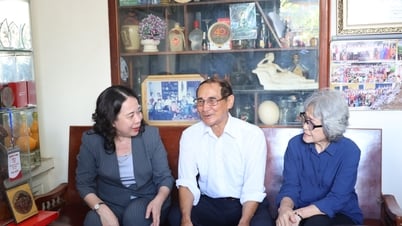

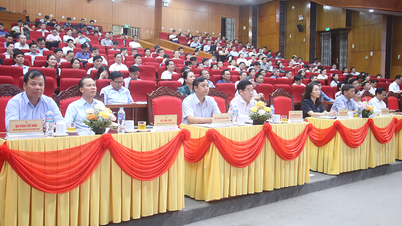






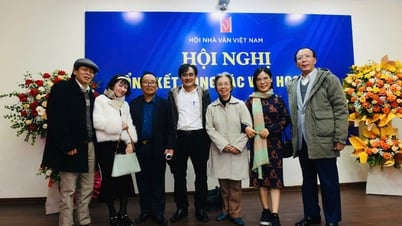












Comment (0)